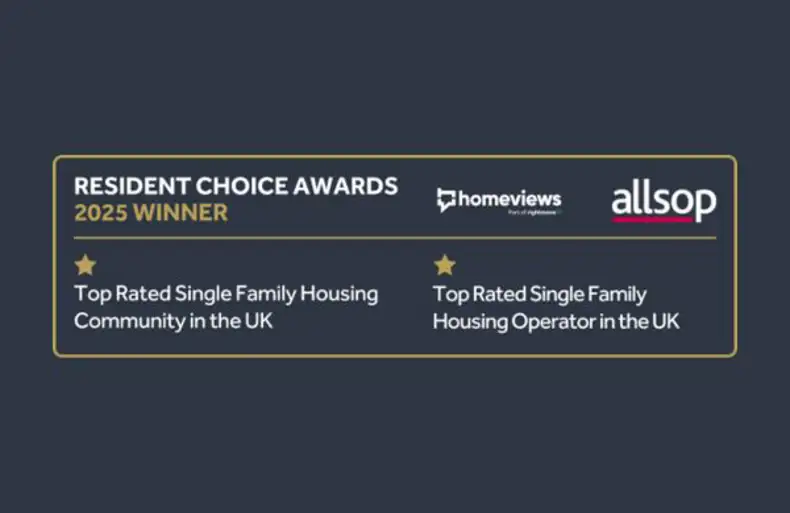There is little need for an introduction to set the scene for this article. We have all been through an extraordinary six months; the most challenging many of us have faced both professionally and personally in our lifetimes.
The uncertain nature around COVID-19 has everyone asking, ‘what does the future look like?’ Without access to a crystal ball, we can not be too certain, however what we can do is shift the focus to adapting as quickly as we can to the changing business and social environment. Another consistent question that is asked is whether COVID-19 will halt the pace of the burgeoning Build to Rent (BTR) sector? Winding back the clock, Q1 2020 saw over £1bn of investment into BTR in the UK, which was the highest level to date; until the music stopped. Q2 saw circa £80M of investment; a stark contrast and around 90% down year on year. The BTR sector is not alone in feeling the effects of the global impact the pandemic has caused, however it is being seen as one of those most likely to emerge from the clouds with robust investment fundamentals. We understand that there is approximately £1.5bn of BTR transactions currently under offer. Our coal face experience on the deals that Allsop is involved in through the lockdown, is that all have remained resilient and investors committed with limited impact on pricing. Therefore, the signs are that BTR is riding the uncertainty wave relatively well.
What is underpinning this confidence?
As the sector was one of the first to have the material valuation uncertainty clause removed, investors have remained attracted to this long-term asset, thanks to the counter cyclical dynamics of investing in high quality residential investments. It has been well documented that some real estate sectors have suffered badly as a result of the pandemic. High Street retail and leisure are the two standout examples. Most notably, John Lewis has recently announced that it is considering repurposing some of its stores with an element of Build to Rent. The UK’s undersupply of housing has not changed and according to the ONS, people living in rental accommodation has risen from 13% to 20% in the last 10 years. When renting a new property, a consumer usually has to consider their budget first and foremost. For example, if a resident’s financial situation changes then you may find they look to share a two-bed apartment rather than rent a one-bedroom. It is also acknowledged that a person’s home is the last thing they want to lose and so they will focus on paying the mortgage/rent, whilst having to sacrifice lifestyle activities and tightening their spending budgets.

Renting through a pandemic
The above graph above shows rent collection across the main investment sectors for the major UK REIT’s by the end of Q2 2020: This demonstrates the resilience of the residential rental sector through one of the most challenging times in our recent history. Many suggest that the true test will come when the furlough scheme comes to an end in October, however this will be the case for many sectors and so we can only analyse the data available to us now.
How is BTR positioned for the post COVID-19 world?
Long term effects on ways of living and working are yet to be determined. However, it is likely that people will be working from home more regularly and therefore offices should remain an important hub for business but should adapt for the scale at which they are used. The demographic attracted to BTR is likely to want access into an office space even if they are visiting less regularly. This is due to the large proportion of BTR residents who lie within the younger age groups who are not ready to live in suburban locations. Access to amenity and social activities is likely to remain a core criteria, even if this means more restricted enjoyment of these facilities for periods of time. The design and service provision of BTR developments have shown they are well placed to respond to changes in residents’ needs. They are designed to be flexible and adaptable to suit changes in circumstances quickly. In many schemes the shared amenity spaces provide areas for home working, allowing residents to leave their private living space. Indeed, some operators already provide actual co-working areas for residents. The presence of on-site staff means strategies can be implemented swiftly and safely. During the pandemic staff are able to reinforce the safety measures by providing hand sanitiser, wiping down door handles regularly and introducing one-way systems around each of the buildings. Whilst we wait to see how the next few months pan out for the BTR sector, and the wider economic landscape, the future remains compelling for BTR investment and the evidence from the current situation is only helping to support the case.




